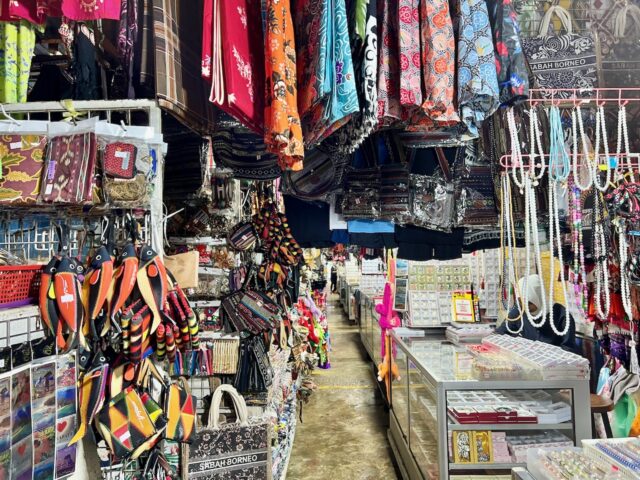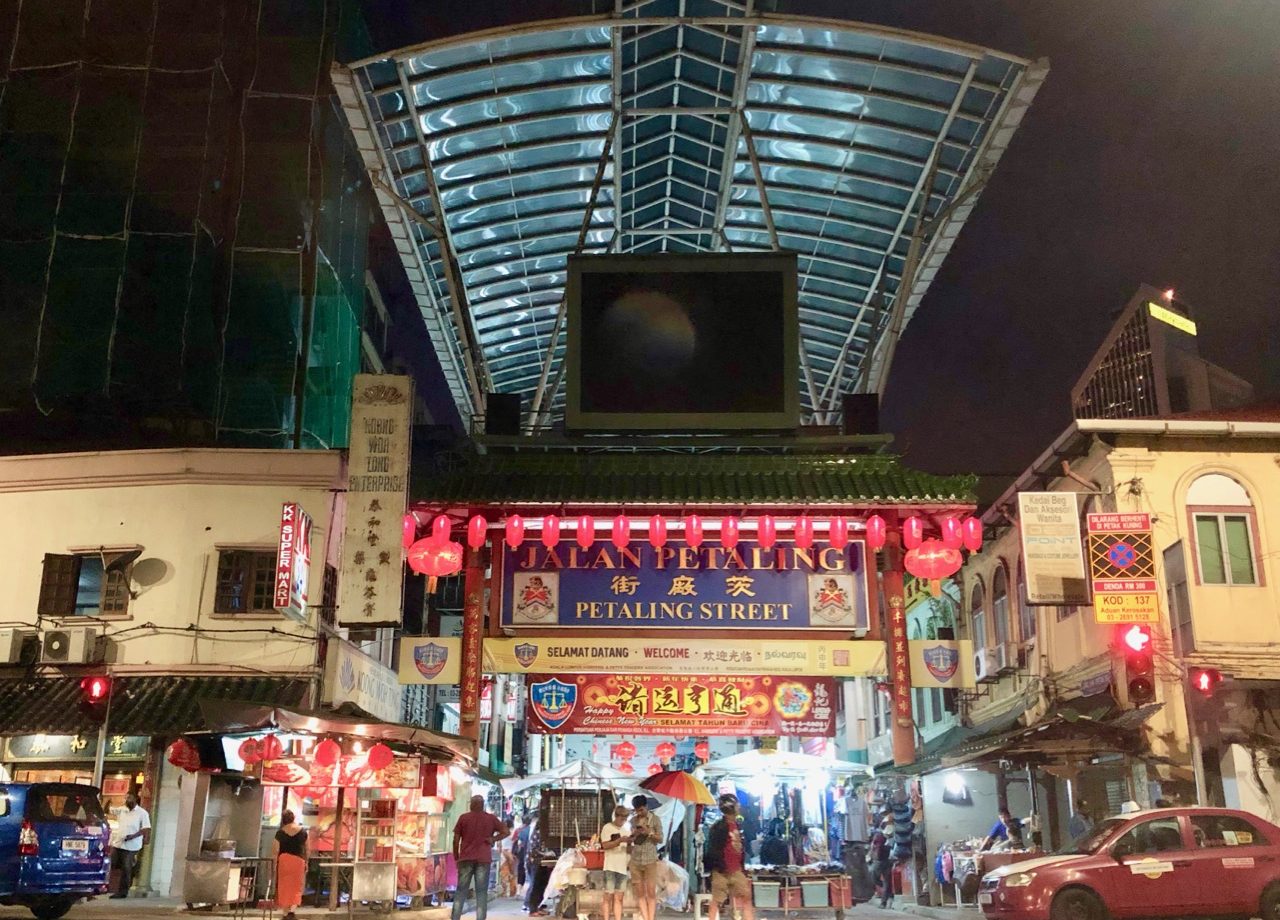In Southeast Asia, bargaining (or asking for a discount) is part of everyday life. It’s commonplace to bargain at markets, souvenir shops and for transportation. The advent of modern shopping malls in Southeast Asian cities has dampened the practice of bargaining somewhat (though you can always ask for a discount or freebies if you’ve made a significant purchase, even if you’re in a Louis Vuitton store…at the risk of looking cheap!) but in the countryside, it still is very widespread and most of the time, you’re expected to bargain.

How to bargain
I’ve listed below five tips to help visitors to Southeast Asian countries bargain effectively. The most important point to keep in mind is to treat bargaining as a friendly game. If you have the time, observe how the locals do it before you start bargaining.
- Keep smiling – bargaining can turn into a heated discussion so keep it friendly by smiling. A friendly pat on the shoulder also helps. Keep your cool and be patient!
- The starting price – the general rule is to slice the initial asking price by about 40-50% and start from there. The seller will laugh, wave their hands and say “no, no, no” and state a new price (“ok, I give you special price!”). Work your way from there.
- Walk away – Don’t be afraid to employ the ‘turn around and walk away’ technique. Chances are, the seller will run after you and make a final offer. If the seller doesn’t, you can always decide to pass by later. The seller might recognise you, call you over and re-start the bargaining game!
- Local currency – Always carry small denominations of the local currency and bargain in the local currency.
- Take the time to bargain. If you’re in a hurry, don’t let it show. If you really want a specific item, look around at other items to give the impression that you’re not that interested.
I hope this helps. Do you have more bargaining tips? Please feel free to share them in the comments section.








[…] dass dies der Startschuss für das erste Abenteuer war. Aus unserem schlauen Reiseführer (hier geht’s zum Reiseführer) wussten wir bereits auch, dass man bei Taxen unbedingt darauf achten sollte, dass sie ein Taximeter […]
[…] Street in Chinatown for souvenirs and the latest (fake) fashion accessories. Don’t forget to bargain furiously! Across the road from Petaling Street, you’ll find the Central Market, another […]
Nice tips..I follow a lot of them here in Europe too !! Yes, bargaining works well in european countries too 🙂
Great article! I’m going to SE Asia this summer for about 5 months I’ll be sure to use this 🙂 Check out my travel tweets @davestravels
[…] 2. Explore Petaling Street in Chinatown and the nearby Central Market (a popular place for local handicraft). Petaling Street is an atmospheric outdoor market with hundreds of stalls selling a myriad of merchandise and food. Don’t forget to bargain! […]
[…] The Kraton is a wonderful showcase of craftmanship with its rich wood carvings and reliefs. It’s also a great venue to catch fascinating cultural performances, like the gamelan. The nearby ‘Water palace’ is also worth a visit. Jalan Malioboro, with its shops, cafés, restaurants, markets, sidewalk stalls and hotels is the city’s main thoroughfare. You could spend a whole day just browsing around the arts and crafts stores. If you’re tired from all that walking, hop onto one of the many bechaks (tricycle taxis) for a unique local experience. Jogja is especially famed for its silverware, batik paintings and Indonesian puppets (used in the traditional wayang or puppet shows). Don’t forget to bargain! […]
Ah, perhaps the Pacific Mall, Jen? I use ’em too! I miss bargaining in Canada—and loved it when Kathryn and I lived in Korea. But alas, I’m resigned to paying sticker price now. Clerks look at me like I have two heads when i try to talk down the price.
Thanks for your comment. Indeed, it really helps if you know a bit of the local language. You speak Burmese? Wow, I’m impressed!!
Cheers,
Keith
great tips.. I employ all of them while in Asia! it was hard for me at first during my very first trip (years ago) given the poverty and all in some parts of Asia. So I’ve learned to go to a charity in each country and do my good deeds while in SE Asia!! While in Thailand and Burma, it helps a great deal that I speak Burmese so I break out the Burmese when I am ready to strike a deal! 🙂 Some sellers immediately cut in half when they realize I am Burmese.. it’s quite nice.
@GotPassport
Hi Reiko,
Thank you for your comment. I totally agree with your two tips. Getting an idea of the price is certainly important and it does help if you speak a few words of the local language. Thank you for sharing these tips!
Cheers,
Keith
[…] traveling. Velvet Escape also shares some well researched tips for travel such as a recent post on bargaining in Southeast Asia. If you’re planning an around the world trip, Velvet has a good post on the subject that is […]
Thanks for great tips! I would also add two more:
6. Know the proper price. Maybe you can ask local people before haggling something in the shop, or even taxi rate. You know the rate, so you are more confident.
7. Bargain in the local language whenever possible, even only for numbers and a few words (like “How much is this?”). Try to get localized as much as you can!
I agree with Anil above – bargaining is fun, so enjoy it!
Hi Anil,
Thanks for your comment. You’re right, bargaining techniques vary from place to place – hence this article’s focus on Southeast Asia. Smiles might not work in the Middle East but in Southeast Asia, it really helps.
Thank you for the additional tips too!
Cheers,
Keith
#1 is interesting. Generally in the Middle East too many smiles won’t help you bargain. In any case it’s always good to know the local cultural customs and norms (this post is a good place to start!)
#3 and #5 get a lot of Westerners in trouble – you *can* walk away and remember that the final sale is only a small part of the buying process…enjoy it!
Haha! Thanks for your comment Jen. Glad to know these techniques apply to your local malls in Toronto! 😉
Cheers,
Keith
These are time-tested bargaining strategies! I do them in the Asian malls here in Toronto!